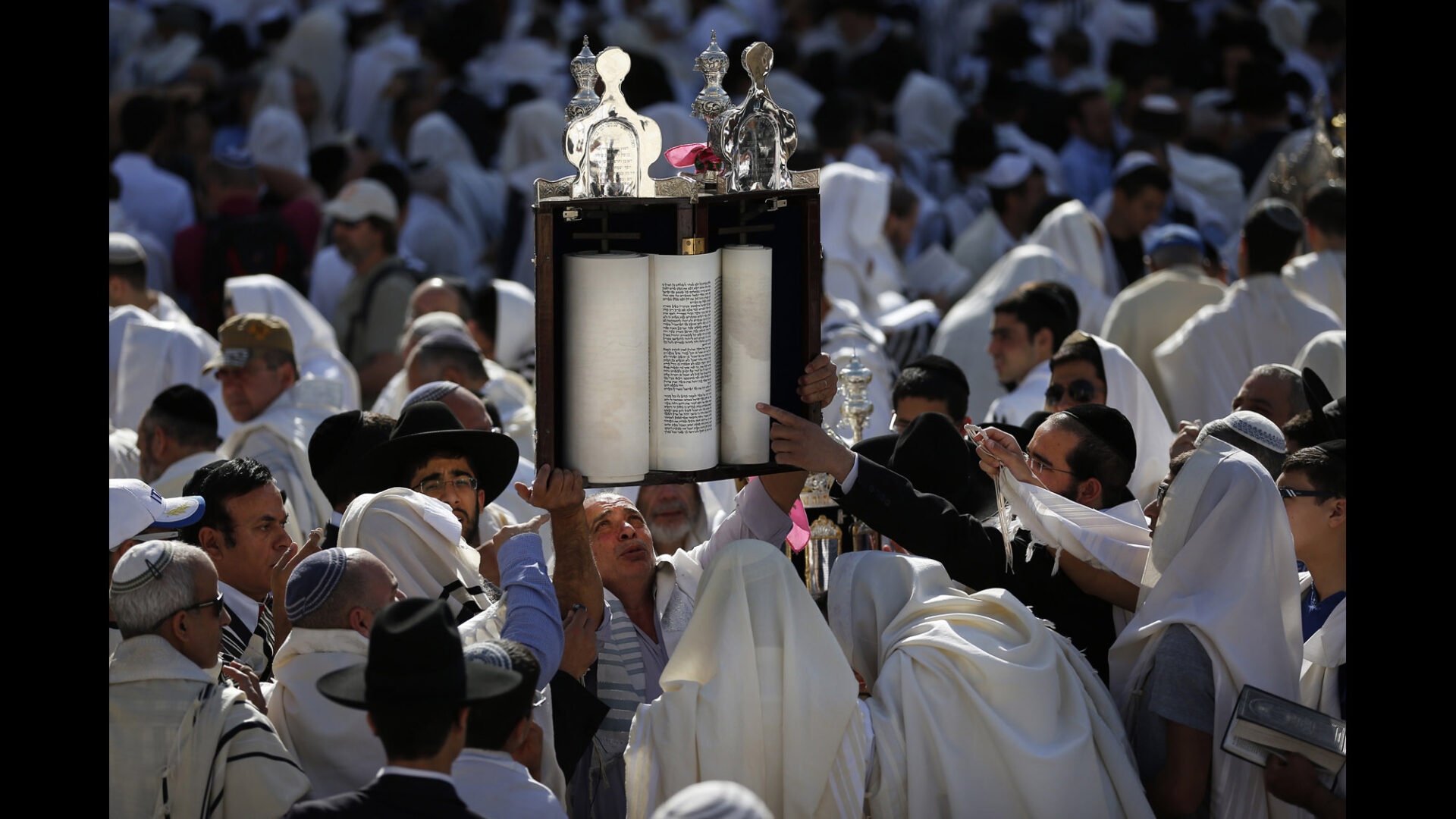The Romans put down the rebellion that erupted on Herod’s death in 4 B.C. Ten years later they deposed Herod’s son as king of Judea and installed the first Roman prefect. By this time, there were at least three parties distinguishable among the Jews of Judea: the Sadducees, the Pharisees, and the Essenes. The Romans took advantage of this divisiveness to maintain their rule over Palestine.
The Sadducees were a small, influential group of aristocrats who had long ancestral associations with the Temple priesthood; they were generally regarded as collaborators with the Romans. What we know of their beliefs is derived from texts written by their enemies, but they apparently did not believe in the resurrection of the dead or in rewards and punishment after death.
We know much more about the Pharisees, who survived to become the prevailing force in later Judaism. They apparently originated as an Assidaean faction that, about 160, abandoned the belief that at the last judgment only they would be saved and all other Jews forever damned. The Pharisees nonetheless held themselves strictly apart from the common people who did not observe every letter of Jewish law. They reconciled themselves to life under Herod and under the Roman prefects.
The Pharisees’ reverence for Jewish law admitted of argument and differing interpretations with respect to it. They made divorce difficult, but they did not forbid it altogether; they believed in keeping the Sabbath (seventh day) for rest, but they would break it to save a life. So the written law, as laid down in the first five books of the Bible, was supplemented by an oral law of rabbinical interpretations.
A third school of thought among the Jews was that of the Essenes, known before 1947 only by a few ancient texts; in that year began a series of discoveries in the caves of Qumran near the Dead Sea of the so-called Dead Sea scrolls. Dating from 200 to 70 B.C., the scrolls are important to our understanding of the history of Christianity and crucial to the history of the Hebrew language. They include fragments of the teachings of the Essenes, who lived in a monastic community nearby.
In the Essenes’ monastic community, the men lived in celibacy and shared communal property. At the communal meal, bread and wine were taken but were not thought of as transmuted as in later Christianity, and the meal did not symbolize salvation. They took ritual baths and repeated them often, so the baths were not similar to the single ceremonial baptismal bath performed by John the Baptist for penitents.
The scrolls refer to a Teacher of Righteousness, a Suffering Just One, who had been greater than all the prophets. He was not the same as the deliverer, the Messiah, whom they still awaited, and who would be a priest and a descendant of the house of David. In one passage the Teacher of Righteousness referred to himself as the father of a man-child who would have all his own powers. Thus the texts reveal the Essenes as a reforming movement within Judaism that apparently had much in common with Christianity.
Besides the Sadducees, the Pharisees, and the Essenes, there were also groups of Jews who belonged to a “fourth philosophy” and devoted themselves to resistance against the Romans, like modern guerrillas or partisans. Though they are sometimes called Zealots by modern scholars, they may have called themselves simply Israel, to indicate that they were the only true Jews. As the Roman grip upon Judea loosened in the years immediately before the uprising that began in A.D. 66 and ended with the destruction of the Temple in 70, some of the resisters turned to terrorism and committed many murders, after which they were called “the dagger men” (sicarii).
From the Roman point of view, the Jews were particularly privileged subjects whose religion was protected by the Roman state. Unlike other Roman subjects, they could become citizens of any city without forfeiting the right to their beliefs. They were exempt from military service, which would have implied for them idolatry and would have required them to break their Sabbath, since armies cannot choose a day on which not to fight. They were excused from participating in the imperial cult for the same reason and said prayers for the emperor in the synagogues instead. Their local copper coinage was struck without the emperor’s likeness. Their own judges (sanhedrin) acted as local administrators and handled all purely Jewish court cases.
Such privileges contributed to widespread anti-Jewish feeling among non-Jews in the Empire, who resented Jewish freedom from so many of the responsibilities of the Roman state. Non-Jews scoffed at the worship of a god who could not be portrayed and who required abstinence from pork, the most commonly eaten meat in the ancient world. They regarded Jewish abstention from emperor worship as atheism and Jewish separatism as elitism.

